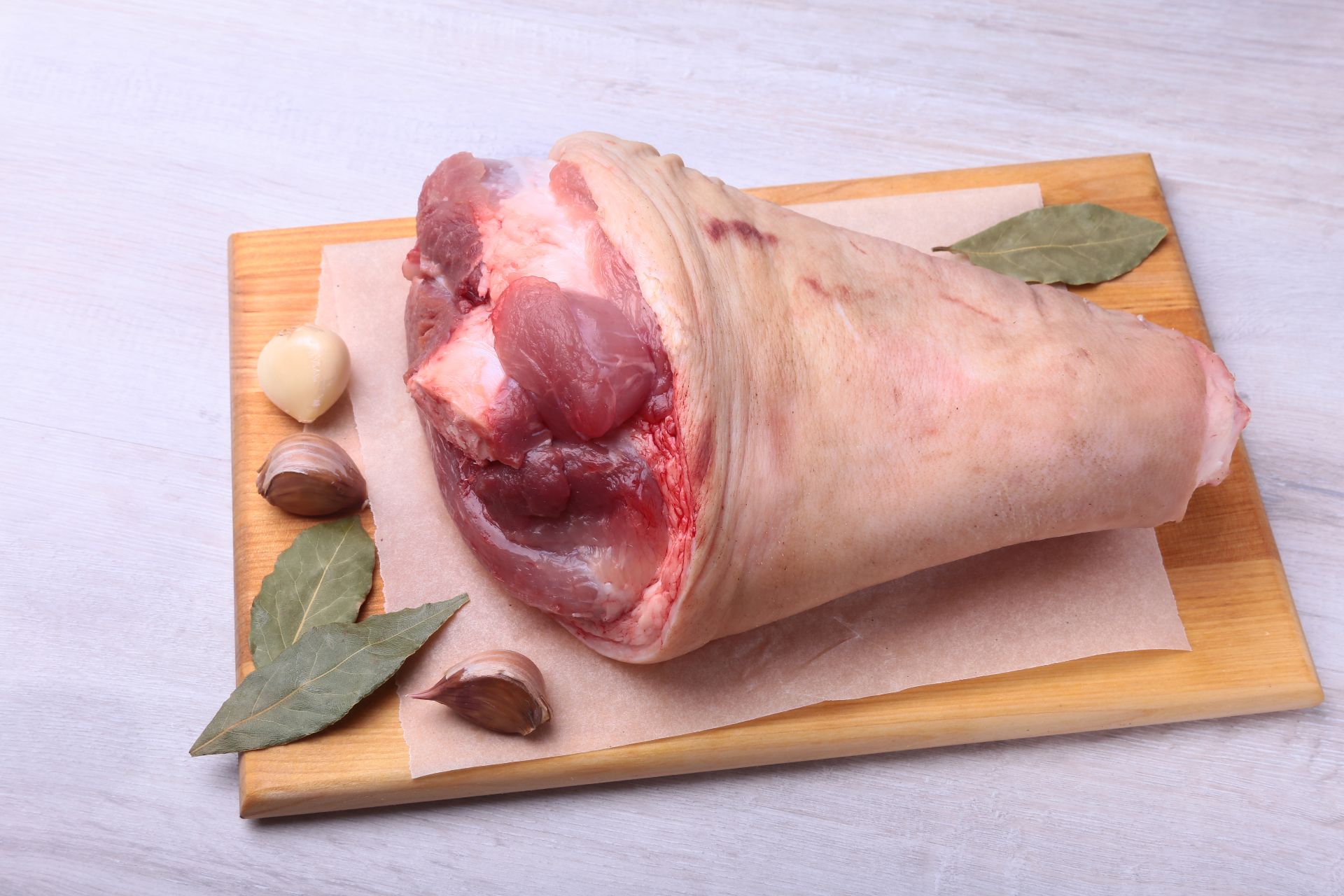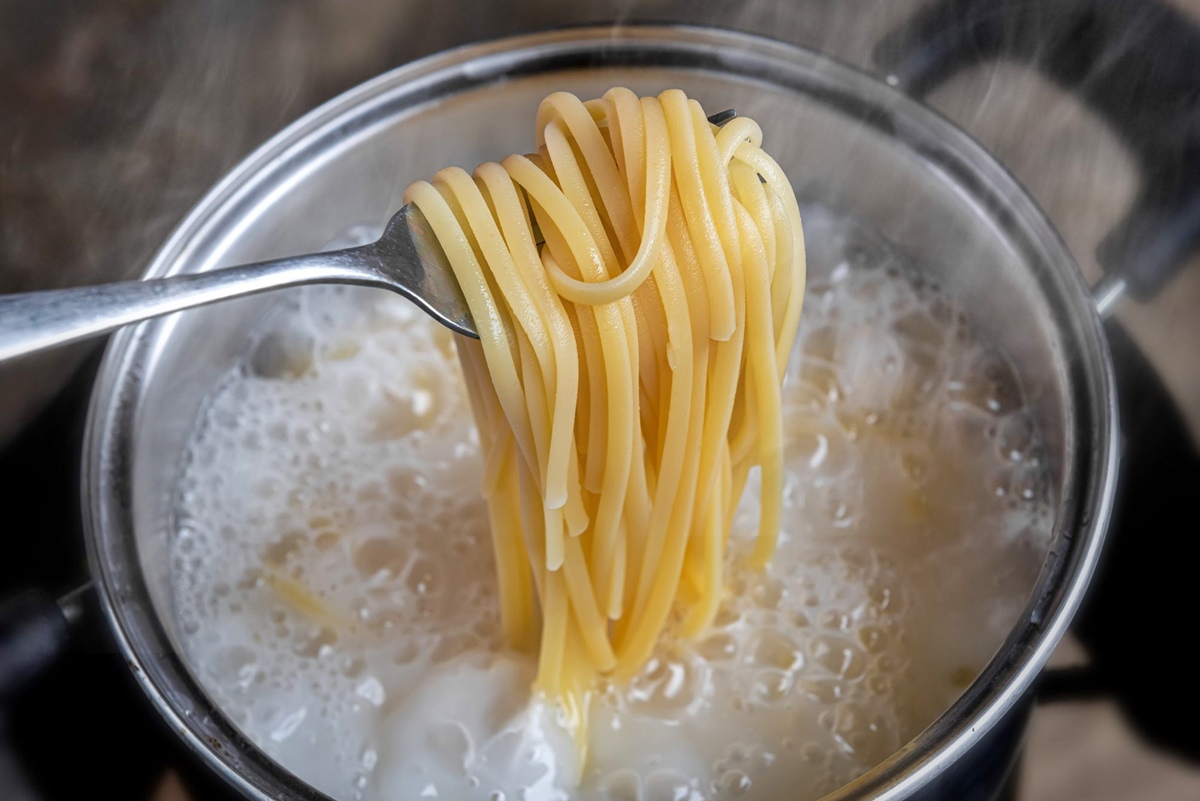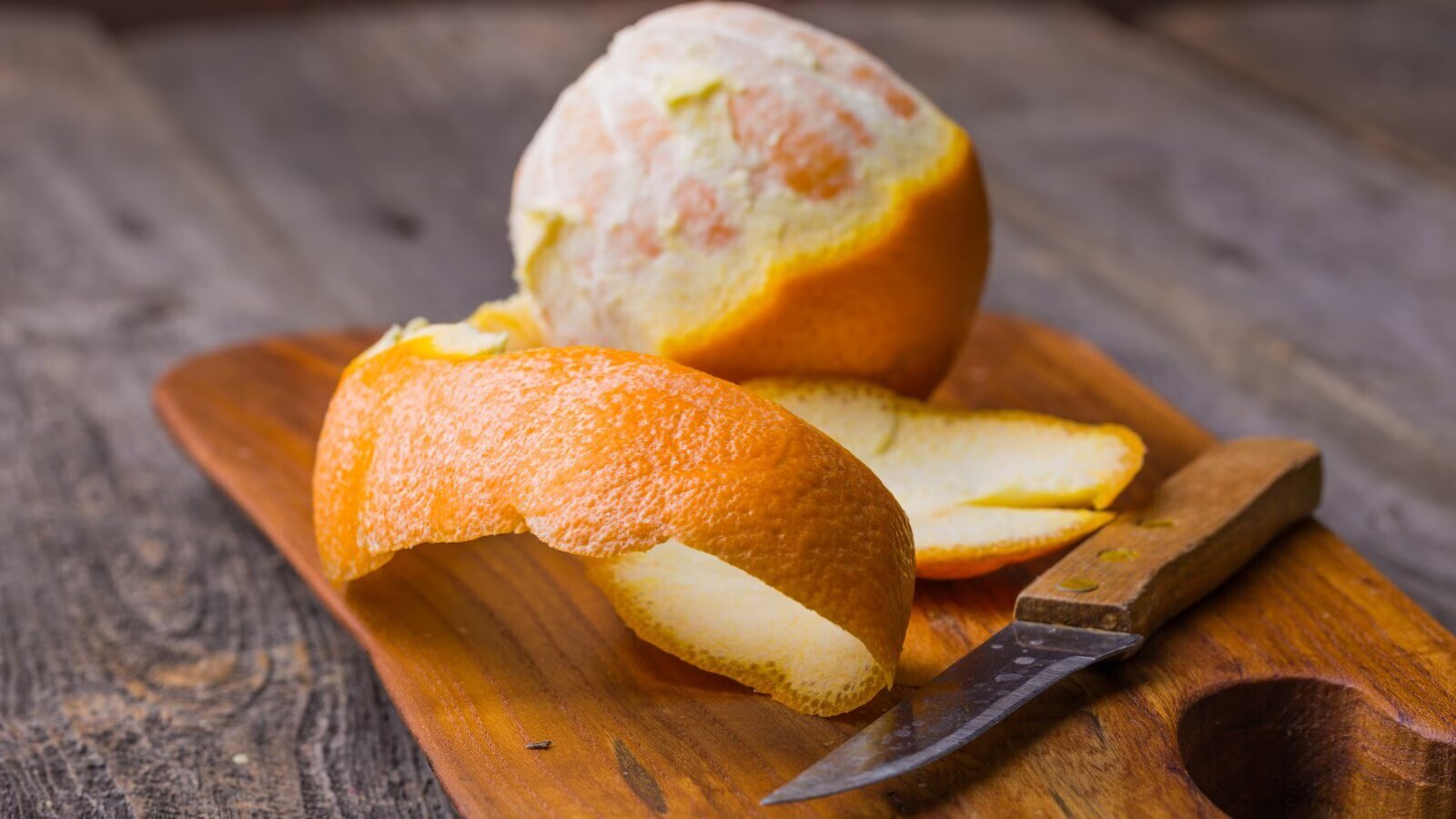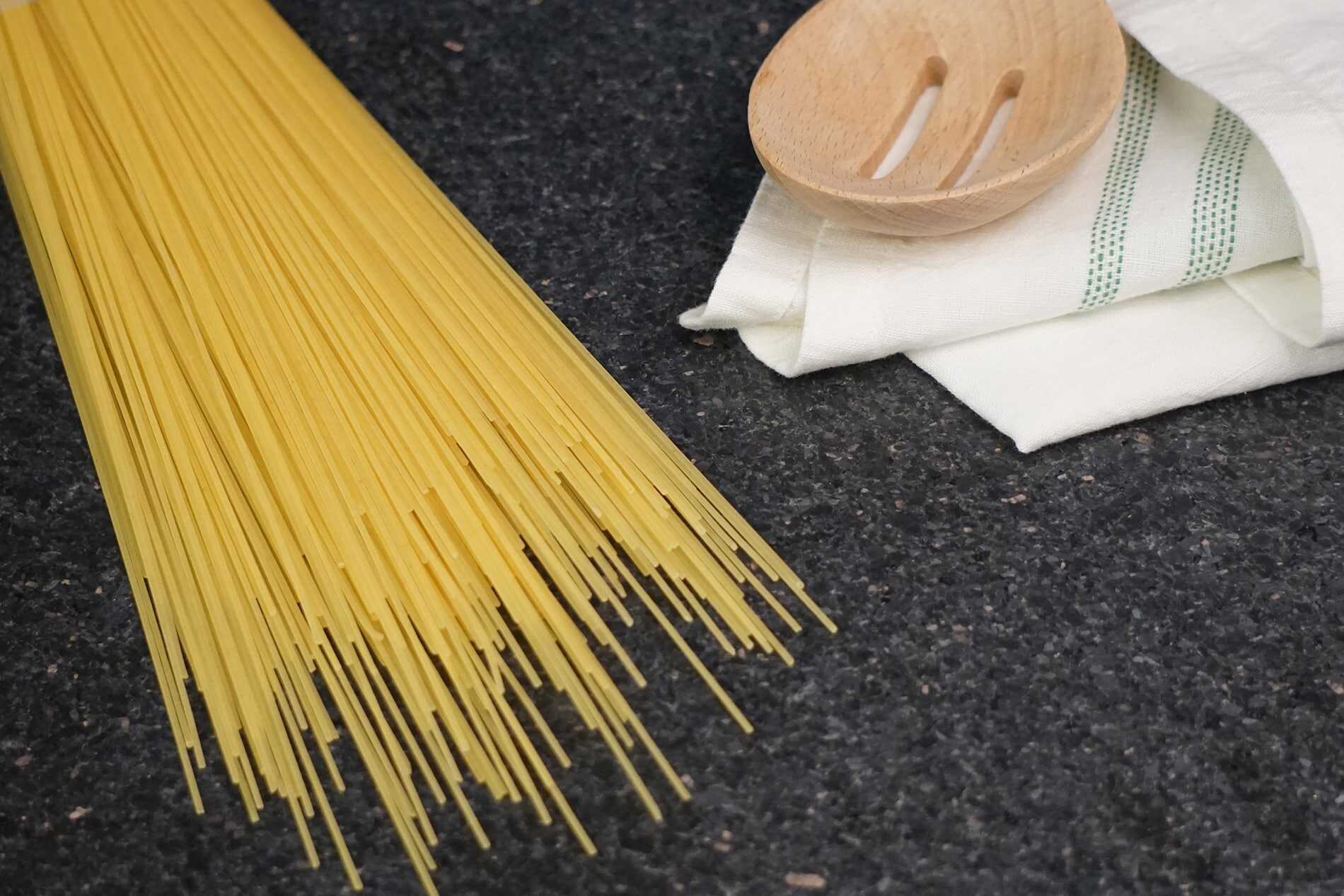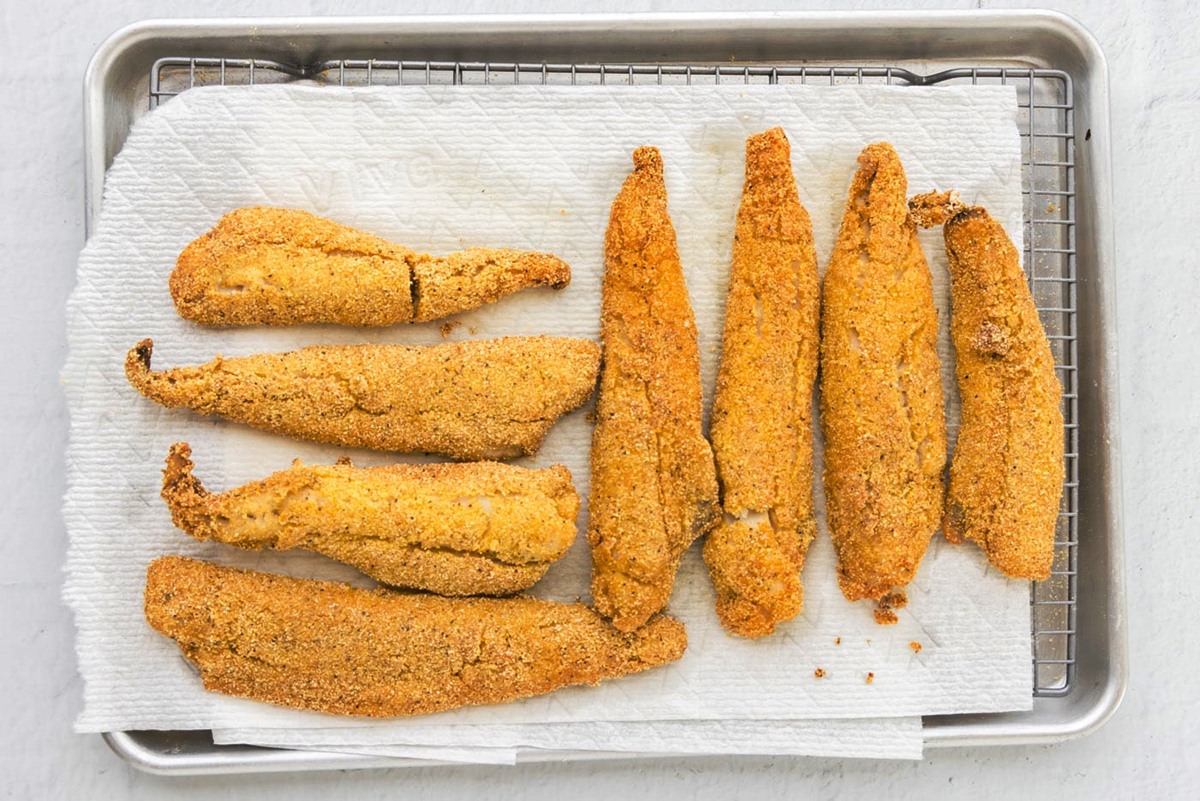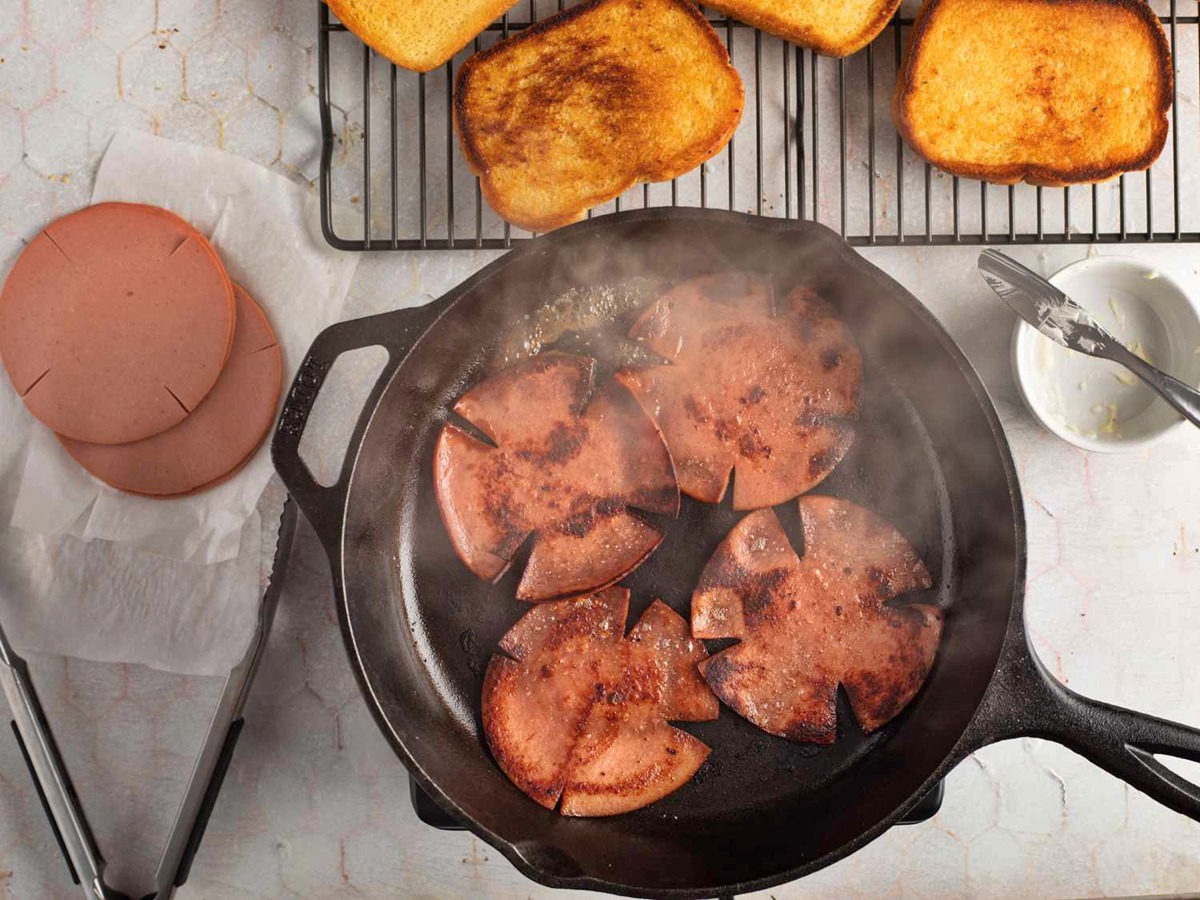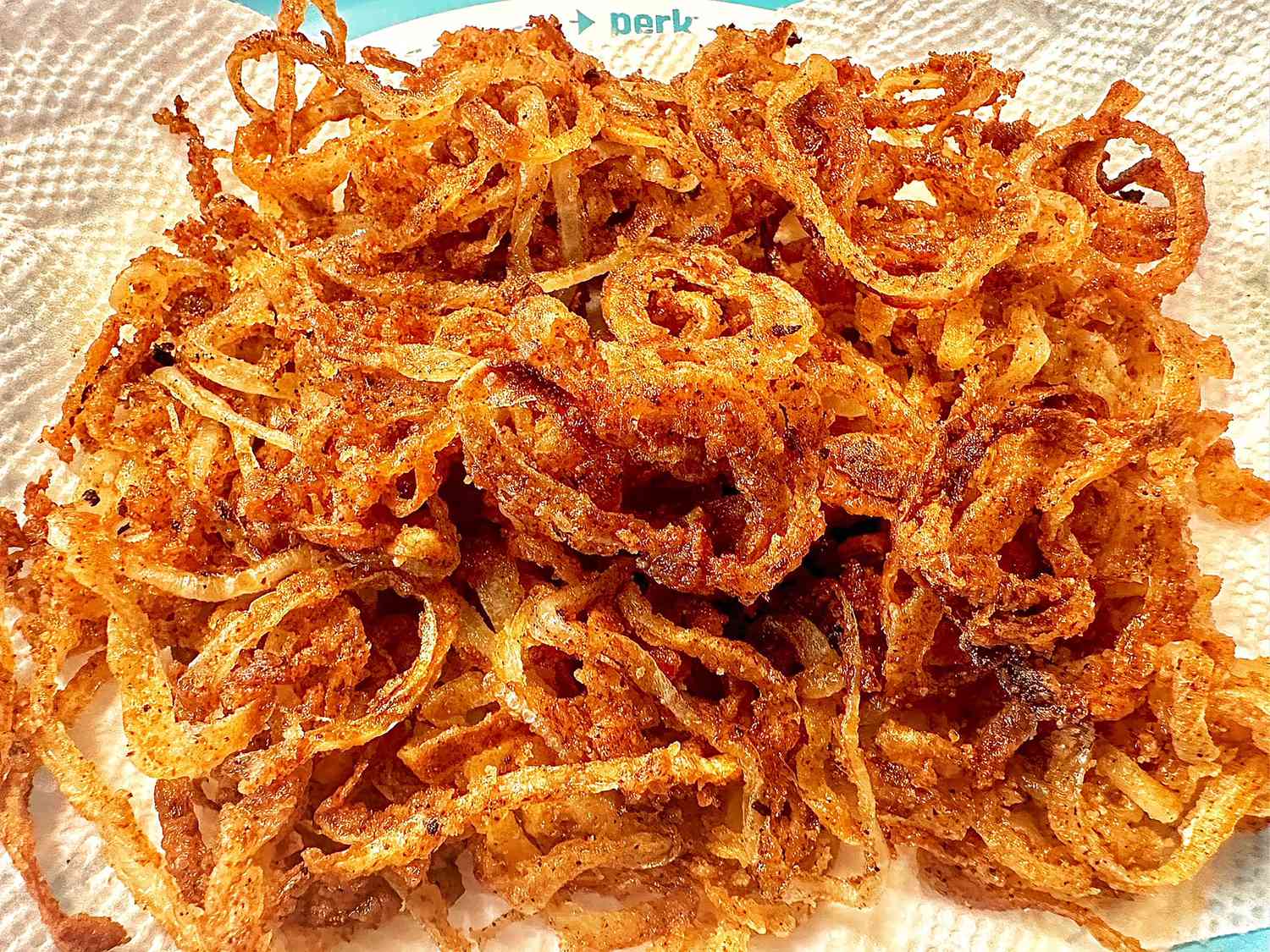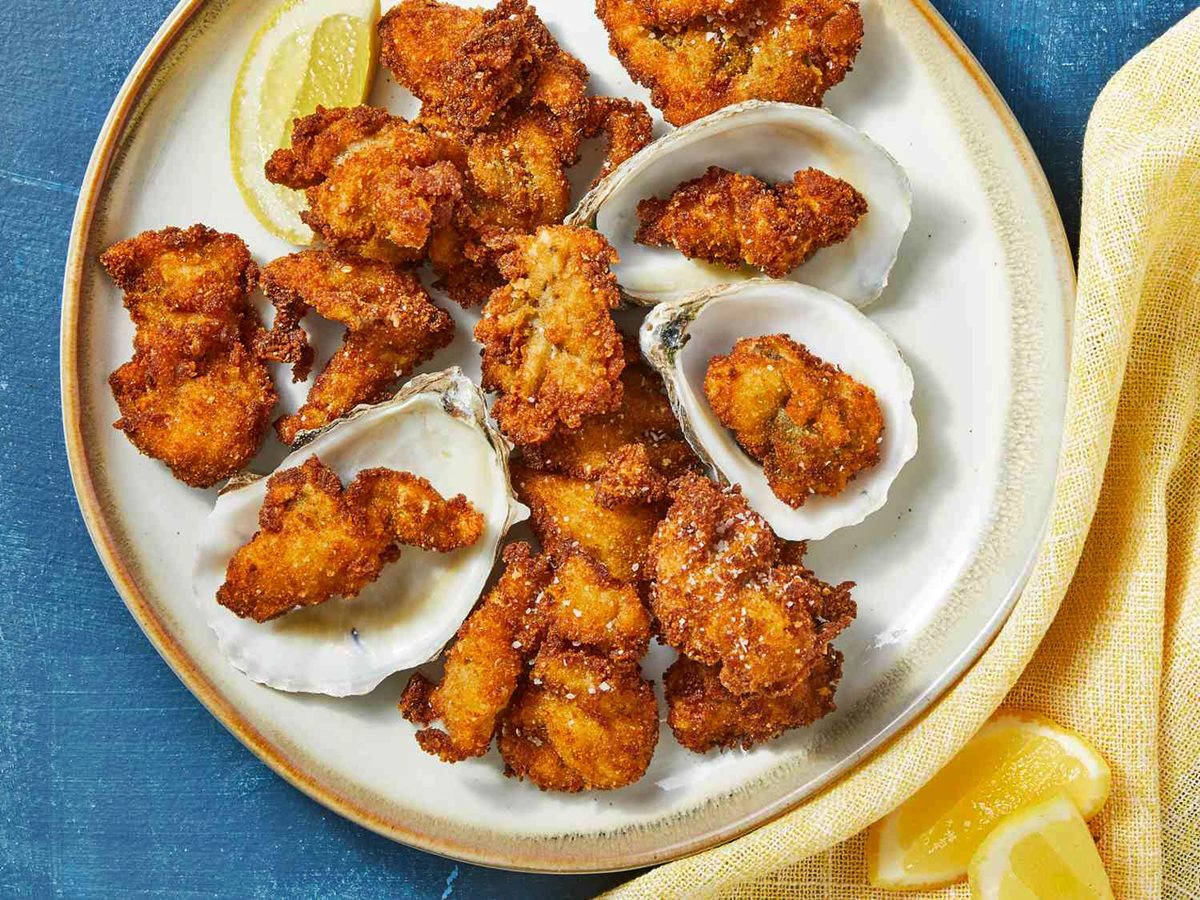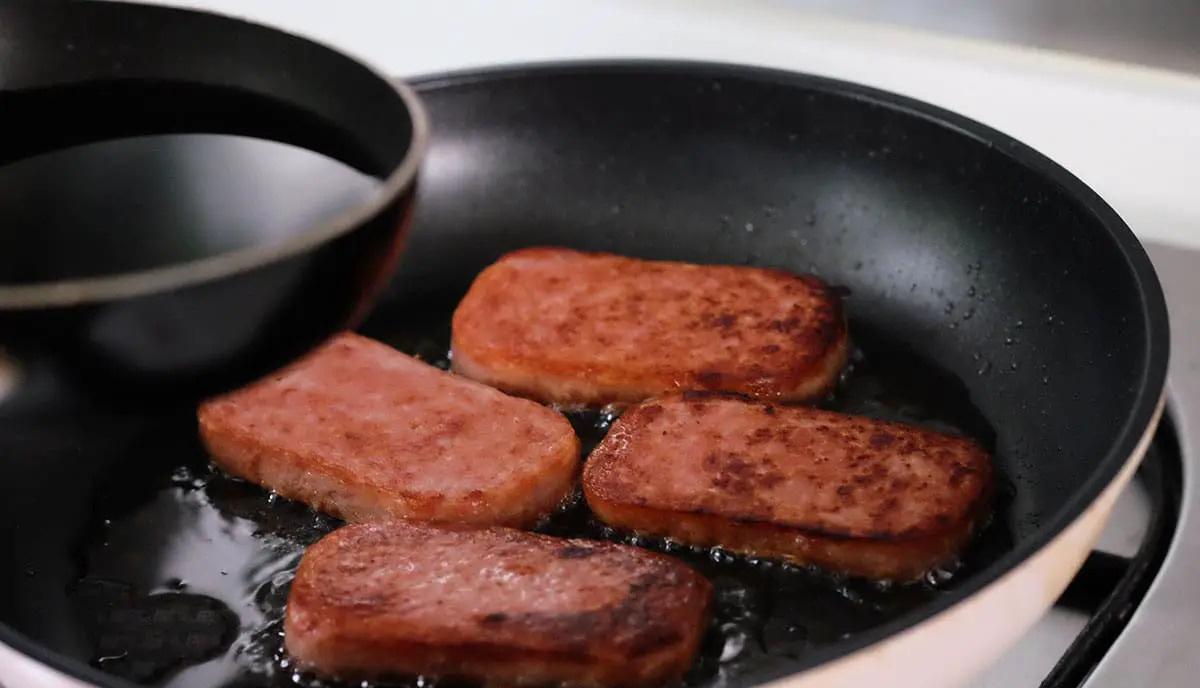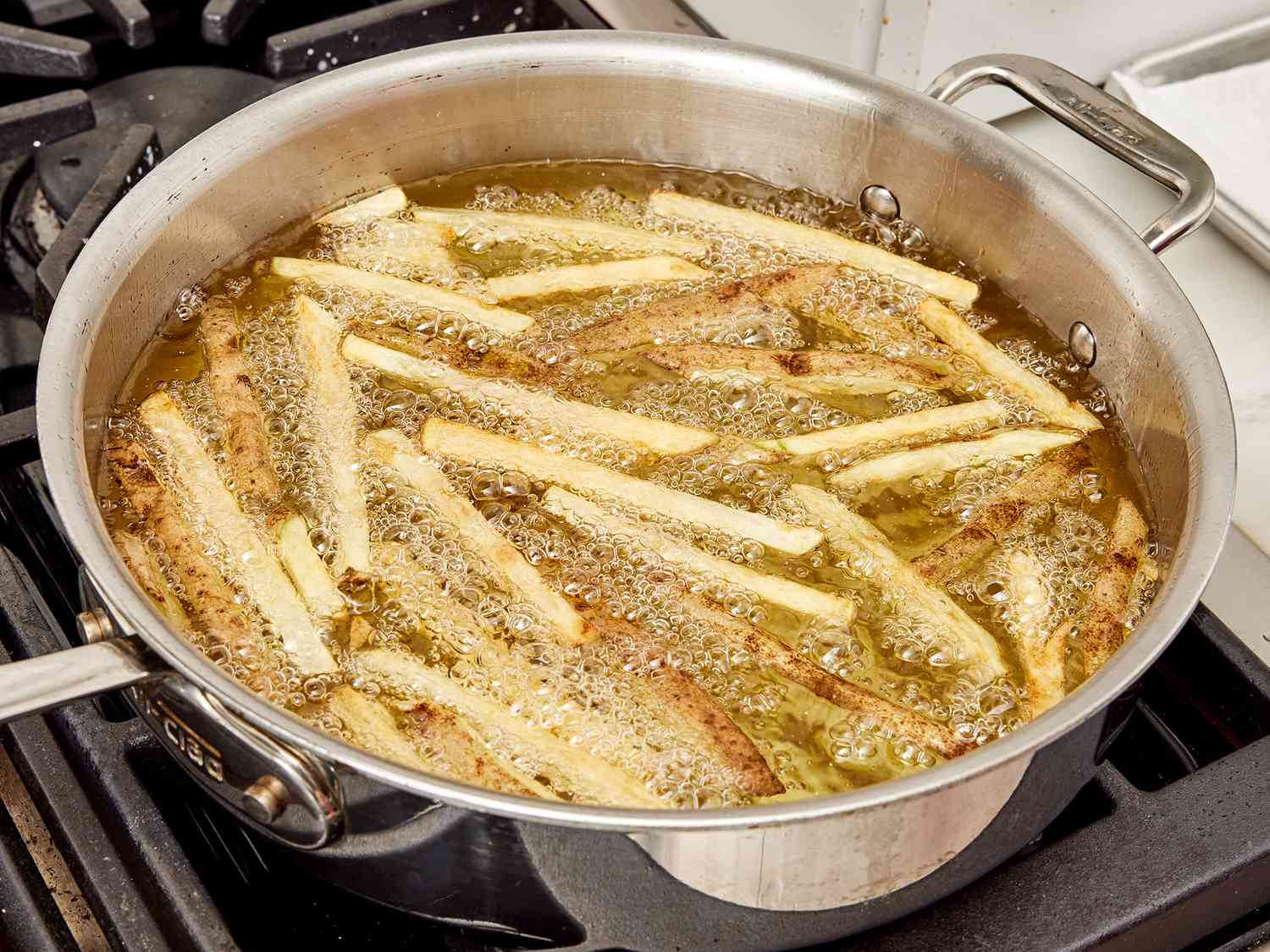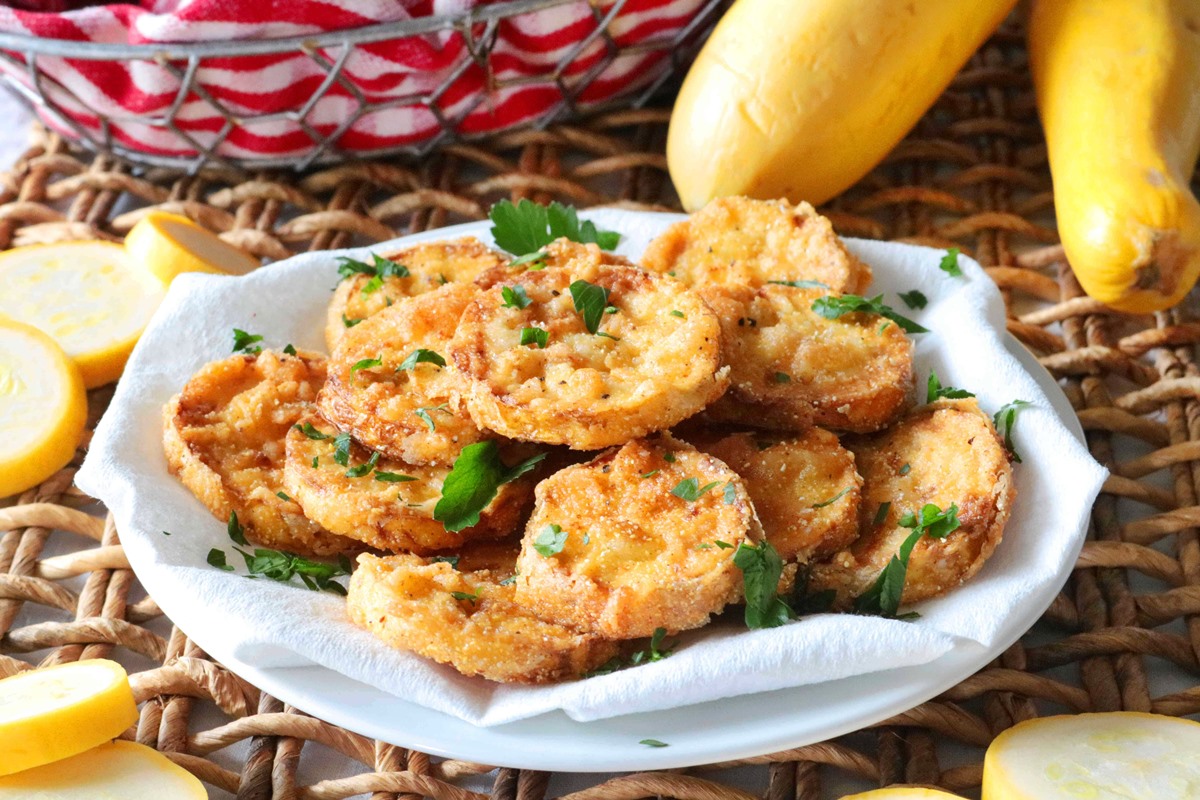How To Boil Frozen Raw Shrimp: Quick and Easy Steps
Boiling frozen raw shrimp is a convenient way to enjoy this delicious and versatile seafood. Whether you’re planning a shrimp cocktail, adding them to a stir-fry, or simply want to enjoy them as a standalone dish, boiling frozen raw shrimp is a simple and straightforward process. In this blog post, we’ll guide you through the steps to ensure perfectly cooked shrimp every time.
Step 1: Thawing the Frozen Raw Shrimp
Before boiling the shrimp, it’s important to thaw them properly. There are two recommended methods:
- Refrigerator Thawing: Place the shrimp in a bowl, cover with plastic wrap, and let them thaw in the refrigerator overnight. This gradual thawing method helps preserve the shrimp’s texture and taste.
- Cold Water Thawing: If you’re short on time, you can place the shrimp in a sealed plastic bag and submerge them in a bowl of cold water. Change the water every 30 minutes until the shrimp are thawed. This method is quicker but requires closer attention.
Step 2: Preparing the Boiling Water
Fill a large pot with enough water to fully cover the shrimp. Add salt and any additional seasonings of your choice to enhance the flavor. Popular options include bay leaves, lemon juice, garlic, and Old Bay seasoning.
Step 3: Bringing the Water to a Boil
Place the pot on the stove and set the heat to high. Allow the water to come to a rolling boil. This may take a few minutes, so be patient.
Step 4: Adding the Shrimp to the Boiling Water
Once the water reaches a boil, carefully add the thawed shrimp. Stir gently to ensure all the shrimp are submerged in the boiling water. Overcrowding the pot can affect the cooking time and result in unevenly cooked shrimp.
Step 5: Cooking the Shrimp
Boil the shrimp for 2 to 3 minutes or until they turn pink and opaque. Be careful not to overcook the shrimp, as they can become rubbery and lose their natural sweetness. Remember, shrimp cook quickly, so keep a close eye on them.
Step 6: Draining and Cooling the Shrimp
Using a slotted spoon or a strainer, carefully remove the cooked shrimp from the boiling water and transfer them to a bowl of ice water. This will stop the cooking process and help retain their tenderness. Allow the shrimp to cool for a few minutes in the ice water.
Step 7: Enjoyment Time!
Your boiled frozen raw shrimp are now ready to be enjoyed in your favorite dishes. Serve them as a refreshing shrimp cocktail with a side of tangy cocktail sauce, toss them into a salad, or incorporate them into a stir-fry for a quick and easy weeknight meal. The possibilities are endless!
Boiling frozen raw shrimp is a convenient way to enjoy this seafood delicacy. By following these simple steps, you can ensure perfectly cooked shrimp that will leave your taste buds satisfied. Give it a try and impress your family and friends with your culinary skills!
Disclaimer: Always follow the instructions provided on the packaging of your specific shrimp product for the best results.
More Delicious Shrimp Recipes to Try
Once you've mastered boiling frozen raw shrimp with our straightforward guide, a treasure of culinary opportunities awaits you. From light and refreshing salads to hearty meals, these recipes provide delightful ways to utilize your newly honed skill. An excellent starting point is the Shrimp Fried Rice Recipe, perfect for a quick and satisfying meal. For a classic appetizer, try the Classic Shrimp Cocktail Recipe. Those craving something rich and creamy may opt for the Shrimp Alfredo Pasta Recipe. If you're in the mood for something with a bit of zest, the Spicy Shrimp Tacos Recipe comes highly recommended. Each of these dishes showcases the versatility of shrimp and helps you elevate simple ingredients to sumptuous meals.
Was this page helpful?
Read Next: How To Boil Ground Chicken For Dogs

